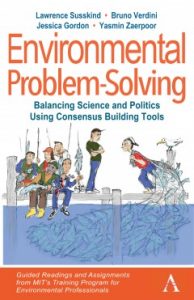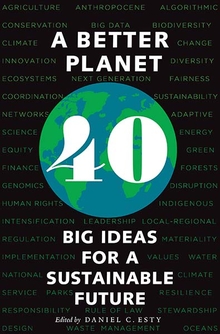Cities, Climate Change, and Public Health: Building Human Resilience to Climate Change at the Local Level
Reviewed by Dr. Priyanka deSouza, University of Denver
How can cities prioritize context specific human vulnerabilities to climate change, and what are the tools that cities can use to operationalize a reframing of the climate crisis to enhance collective decision making?
Cities, Climate Change and Public Health: Building Human Resilience to Climate Change at the Local Level by Ella Jisun Kim, Anthem Press, 2021, 144 pp.
The effects of climate change are being felt in cities around the world. The severe impacts of floods, droughts, hurricanes, and other climate-related events on health have cost the United States an estimated ~ USD $14 billion in the last decade alone. Cities have started to incorporate climate considerations in their policy and planning processes. However, most urban climatic adaptation actions to date have involved the protection of material assets from potential climate disasters. In her book, ‘Cities, Climate Change, and Public Health: Building Human Resilience to Climate Change at the Local Level’, Dr. Kim argues that such measures are insufficient, and cities should prioritize context-specific human vulnerabilities to climate change, instead. Such an approach can address key concerns of equity and social vulnerabilities that are often missing in existing plans. Dr. Kim argues that this can be achieved by framing climate change as a public health crisis. She argues that such a framing can also increase public awareness, support and involvement in climatic adaptation at the local level.
Dr Kim’s book explores tools that cities can use to operationalize such a reframing of the climatic crisis to enhance collective decision-making. Specifically, the book describes the results from the ‘Frames and Games’ research project that grew out of a unique partnership between the city of Cambridge and MIT, to increase public engagement in local climate change adaptation planning. The Frames and Games project utilized tools such as: 1) providing participants with relevant vignettes, that framed climate change as a public health crisis, 2) role-play simulations that were designed to immerse participants into scenarios to help them engage with thinking about how to respond to the climate crisis, and 3) digital games that allowed players to ‘see’ the impacts of various decisions on the effects of climate change in their cities. Dr Kim conducted a rigorous evaluation to determine the impact of each of these tools on the participant’s perceived knowledge of climate change, and their desire to act. She details the results in her book. She found that the tools proposed had measurable impacts on different aspects of local engagement in climate change adaptation, even among more politically conservative participants. This book is a must read for planners who are looking for new methods to increase public participation in their cities.





